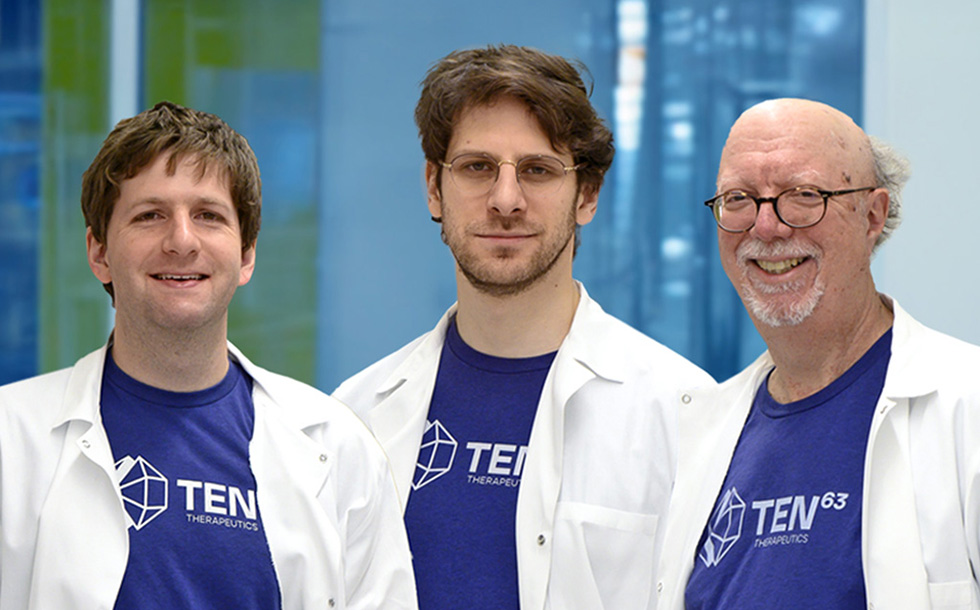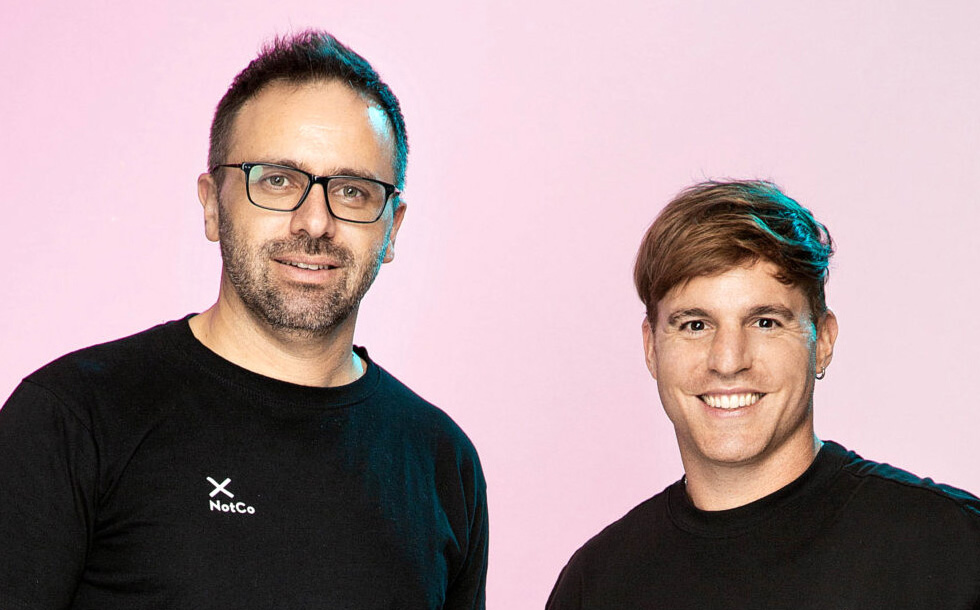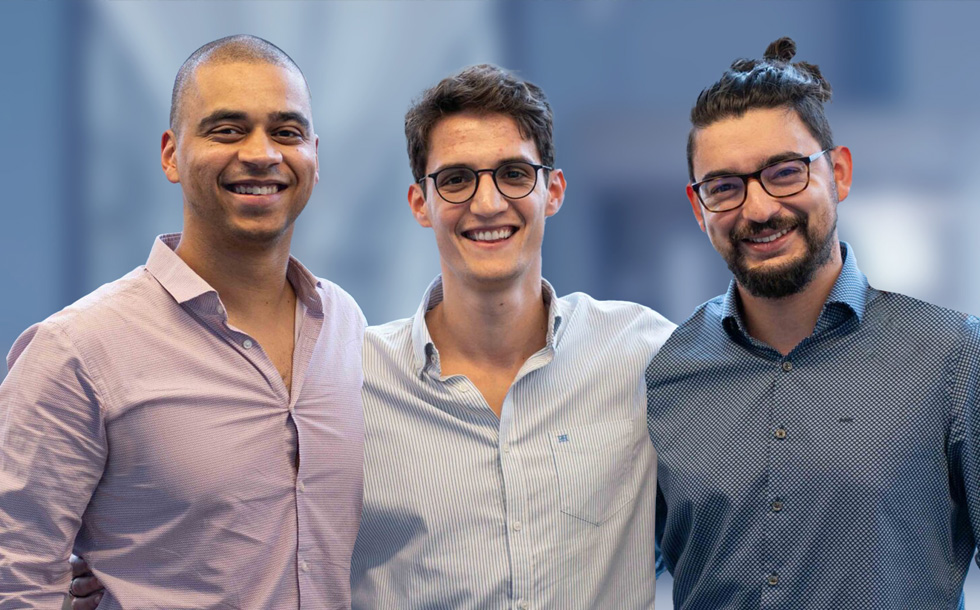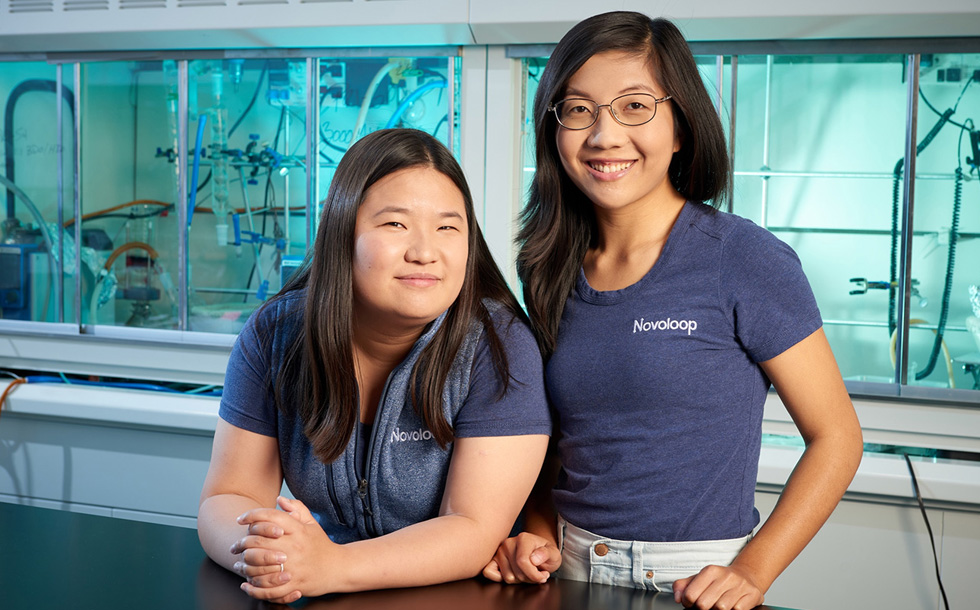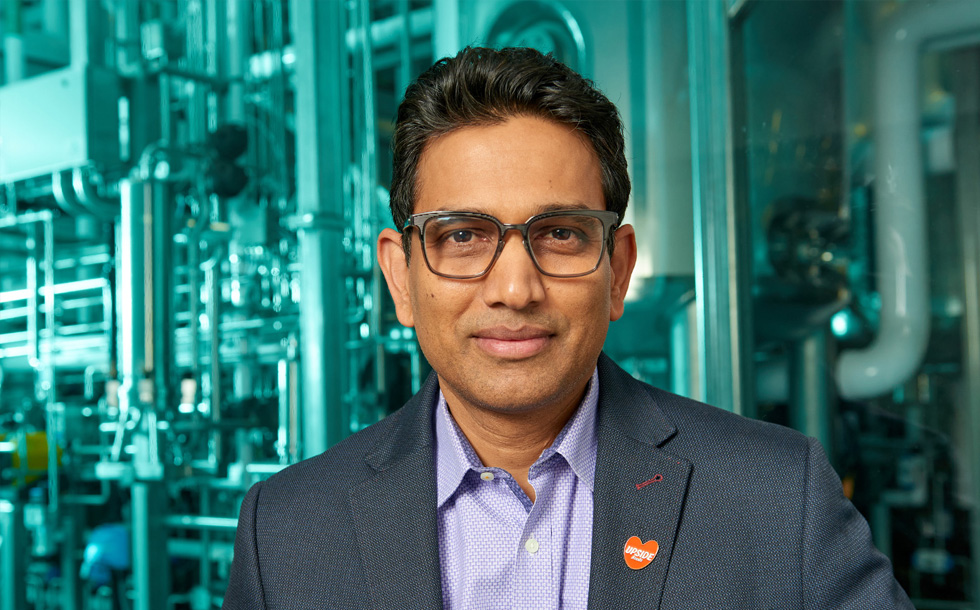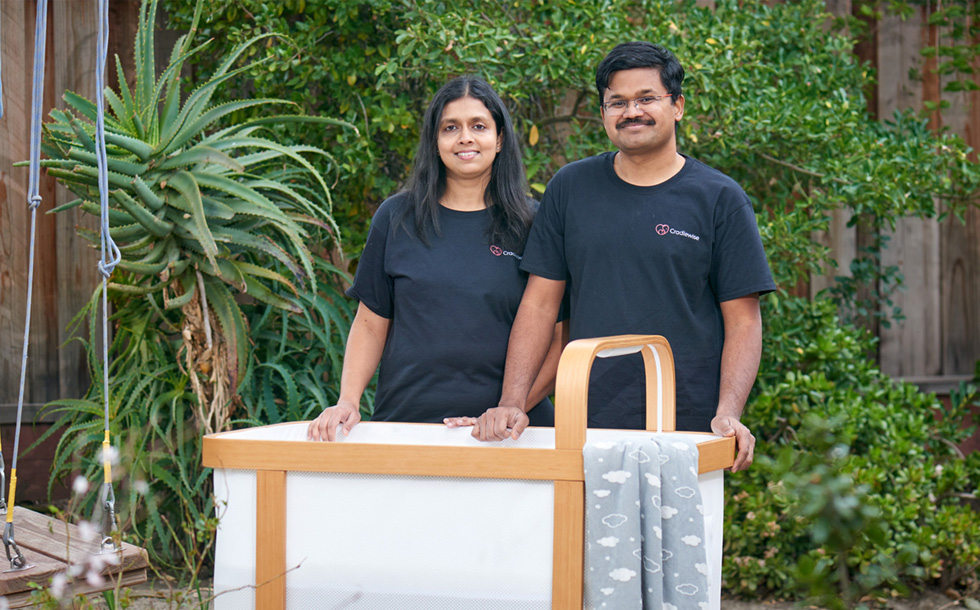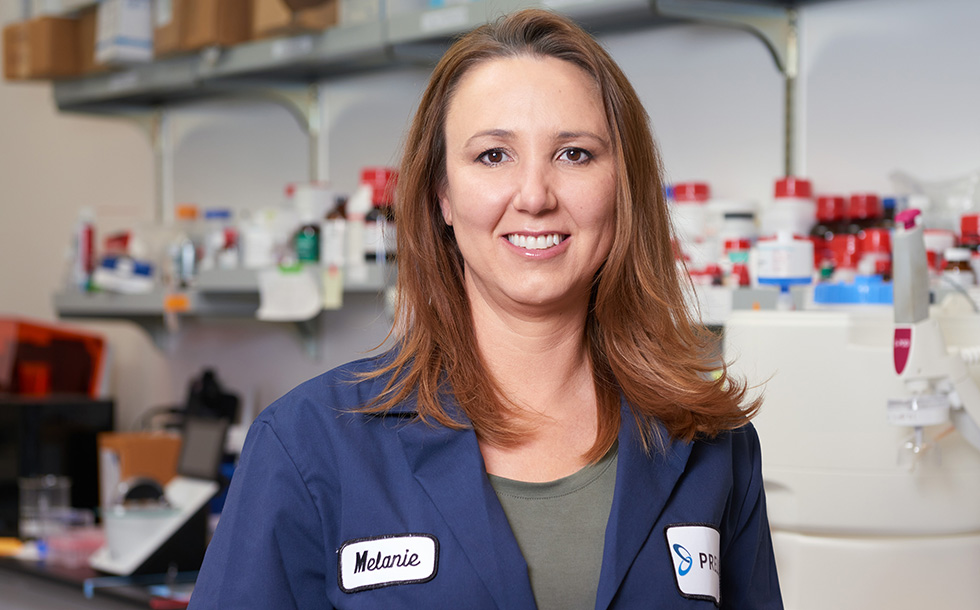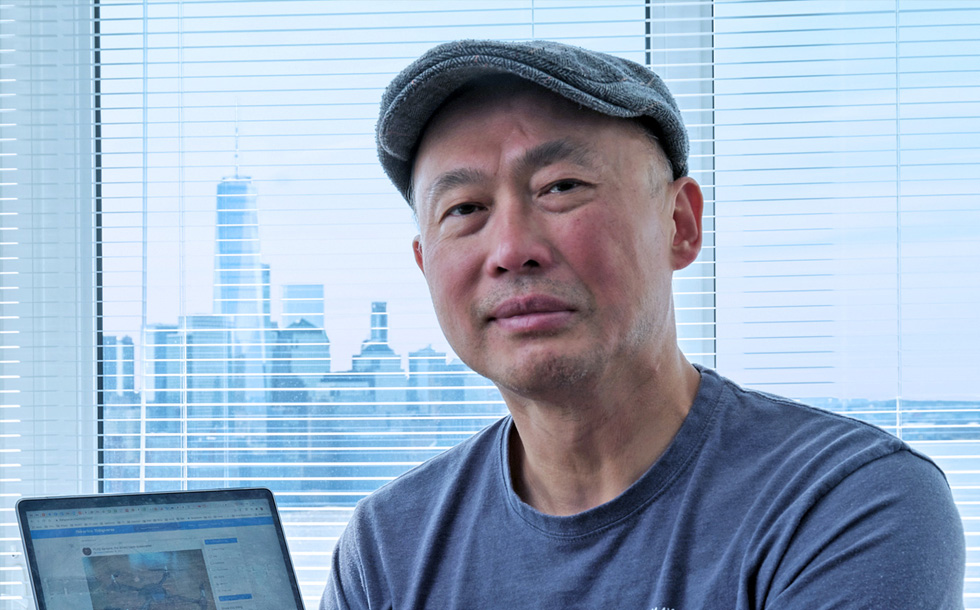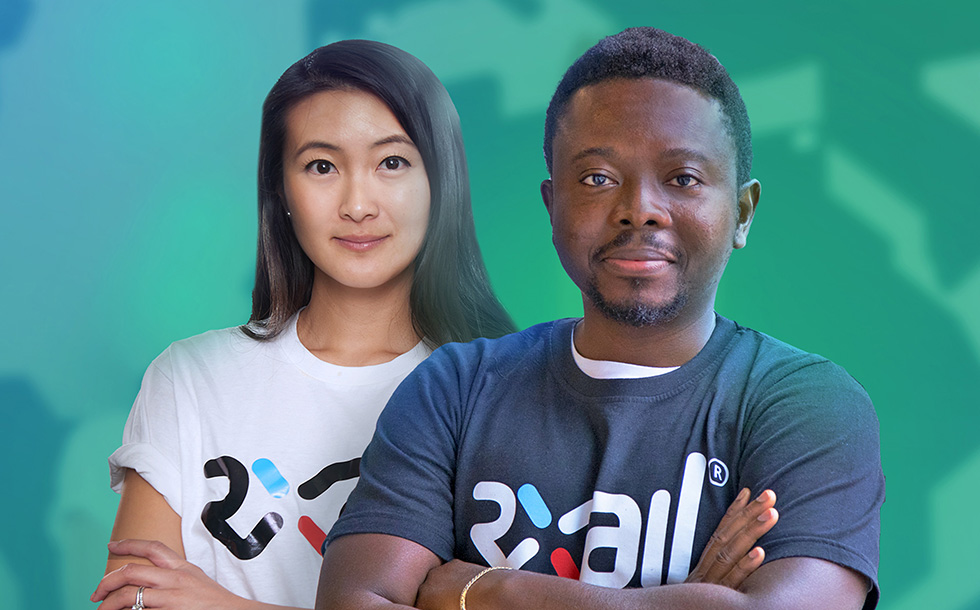The brain is a mystery. It can survive significant damage in some cases without any apparent issues, and in other cases even tiny injuries can be life-altering or fatal. One of the most devastating brain illnesses is glioblastoma (GBM) which falls into the astrocytoma classification of grade IV — the most malignant and aggressive of all brain tumors, arising in one location of the brain and quickly spreading throughout.
With GBM, the outcomes are almost always grim and abrupt. Untreated, life expectancy with GBM is just 3–4 months. And even with the best treatments, life expectancy is at most a year to 14 months; only 5% of people survive past five years. Yet despite heroic efforts such as surgery, radiation, and chemotherapy, patients quickly lose a sense of themselves day by day until an early death.

Recently, the FDA has approved a new treatment for GBM, based on a very interesting discovery: Low level electric fields passed through the brain can actually stop GBM cells from dividing. Although this treatment is not a cure, it has been shown to extend life by as much as other therapies, sometimes even further in combination. And while it seems like this treatment is kind of a miracle, there is a problem — it hurts.
Passing sufficient electricity through the skull to halt the tumor growth requires a significant amount of electricity and, unfortunately, the patient can feel it. Also, the amount of electricity needed requires a significant amount of equipment. Most patients can only tolerate the therapy for a few hours at a time, and because this type of tumor only stops growing while electricity is flowing, the amount and quality of extra life the patient gets from this treatment is not ideal.
Enter QV Bioelectronics, a UK-based startup that has developed a truly novel solution to the biggest problems of electrotherapy for GBM — a soft electrode implant. Here’s why. When the initial GBM tumor is resected surgically, instead of filling the empty space with saline or gel, the surgeon implants the QV Bio device. And by putting the treatment directly inside the brain (and therefore not needing to penetrate the skull or other tissue), far lower levels of electricity are required to be effective. Even better, because there are no pain receptors in the brain, there is no need to switch off the electricity; this allows the therapy to be administered continuously and for as long as necessary.
And now QV Bioelectronics has raised a $1 million pre-seed round from Consilience Ventures, SOSV, the Greater Manchester and Cheshire Life Sciences Fund, and several angel investors. As early stage investors, we love the sense of purpose the QV Bio team brings to treating this terrible scourge; and we love the creativity — literally turning state of the art electrotherapy inside out — in this novel approach.
QV Bio’s implant is the most promising treatment to GBM I have ever seen, and I cannot wait for the approval process to begin. The idea is simple, yet the implementation is going to require a unique blend of engineering, medicine, and care. Yes there is a long journey of clinical trials ahead for QV Bio, but with every challenge that comes with developing a heavily regulated medical device, there also comes hope. Since there are truly no reasonable alternatives to GBM, compassionate use approval may help the afflicted gain faster access to this treatment.
Every day of life is especially precious to GMB sufferers and their families, and I am proud to have supported QV Bio, a highly purposeful company that is committed to doing well while doing good.

